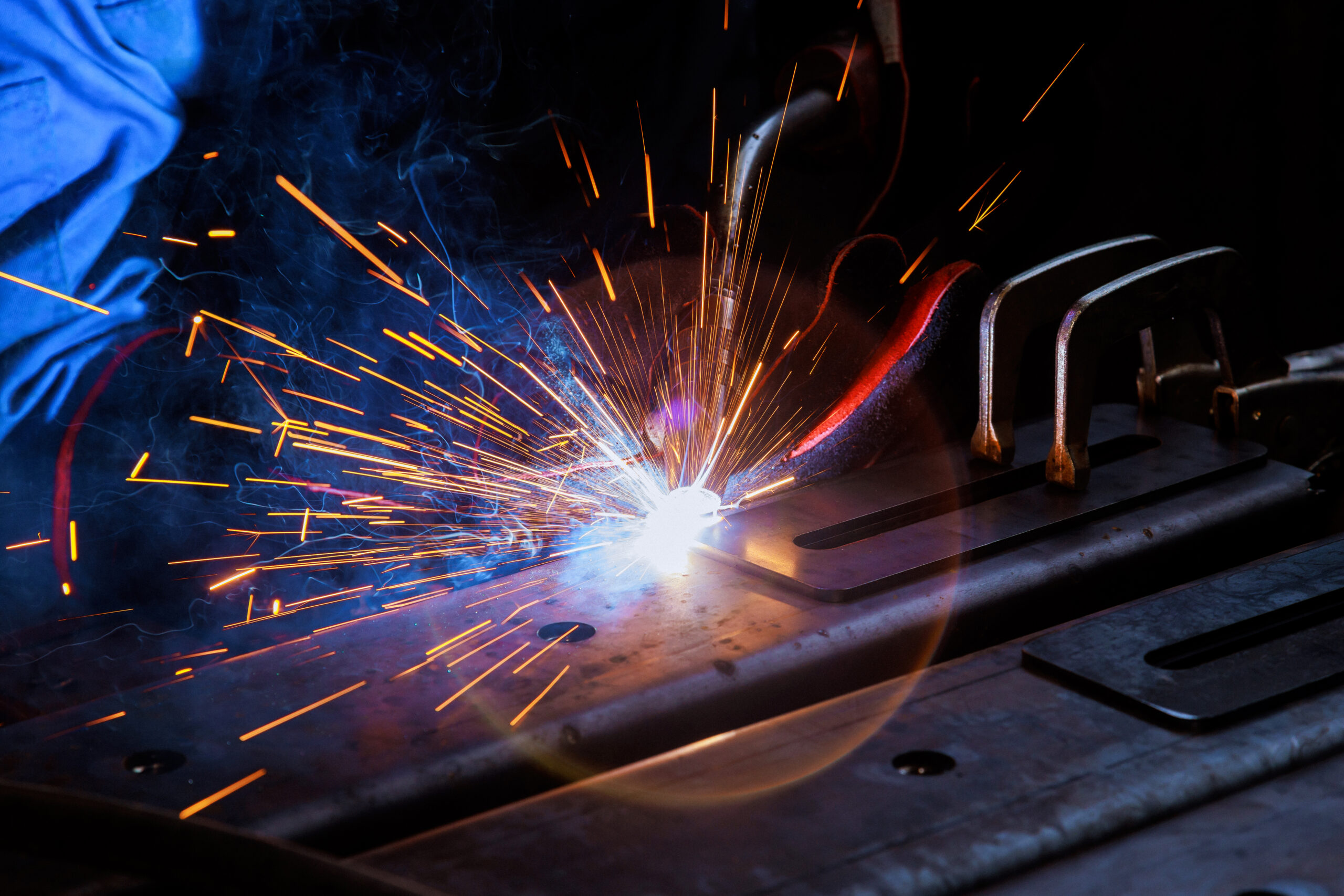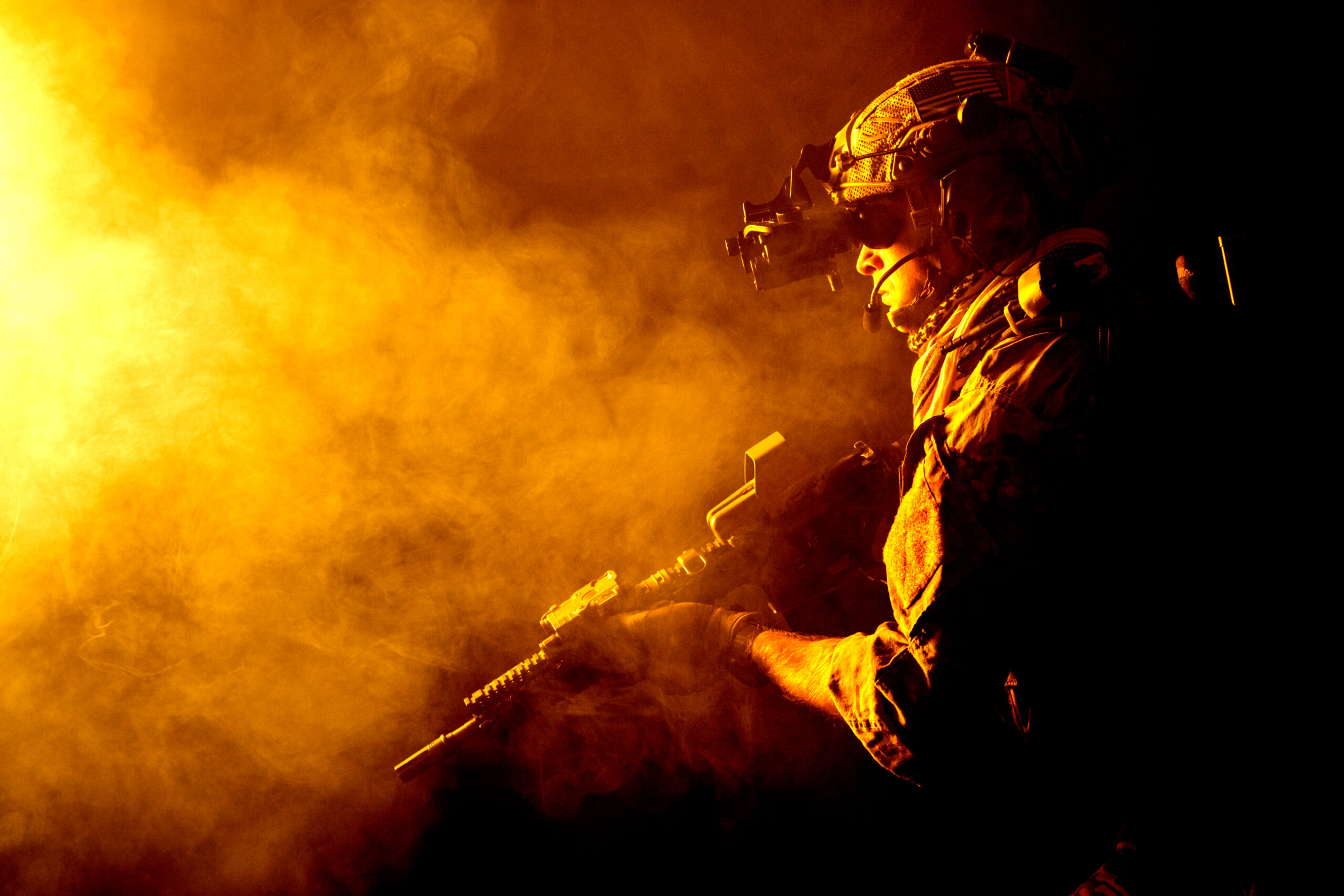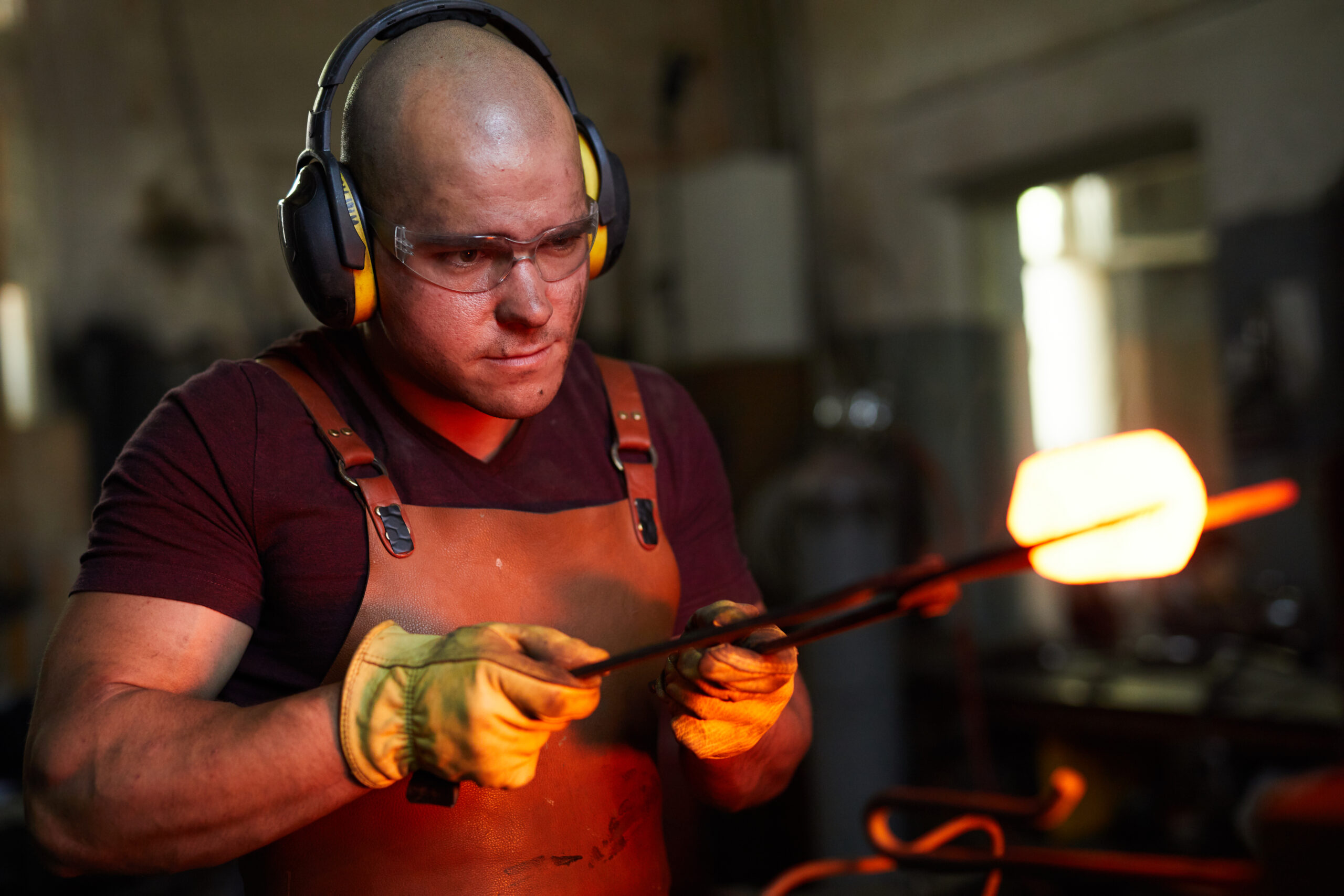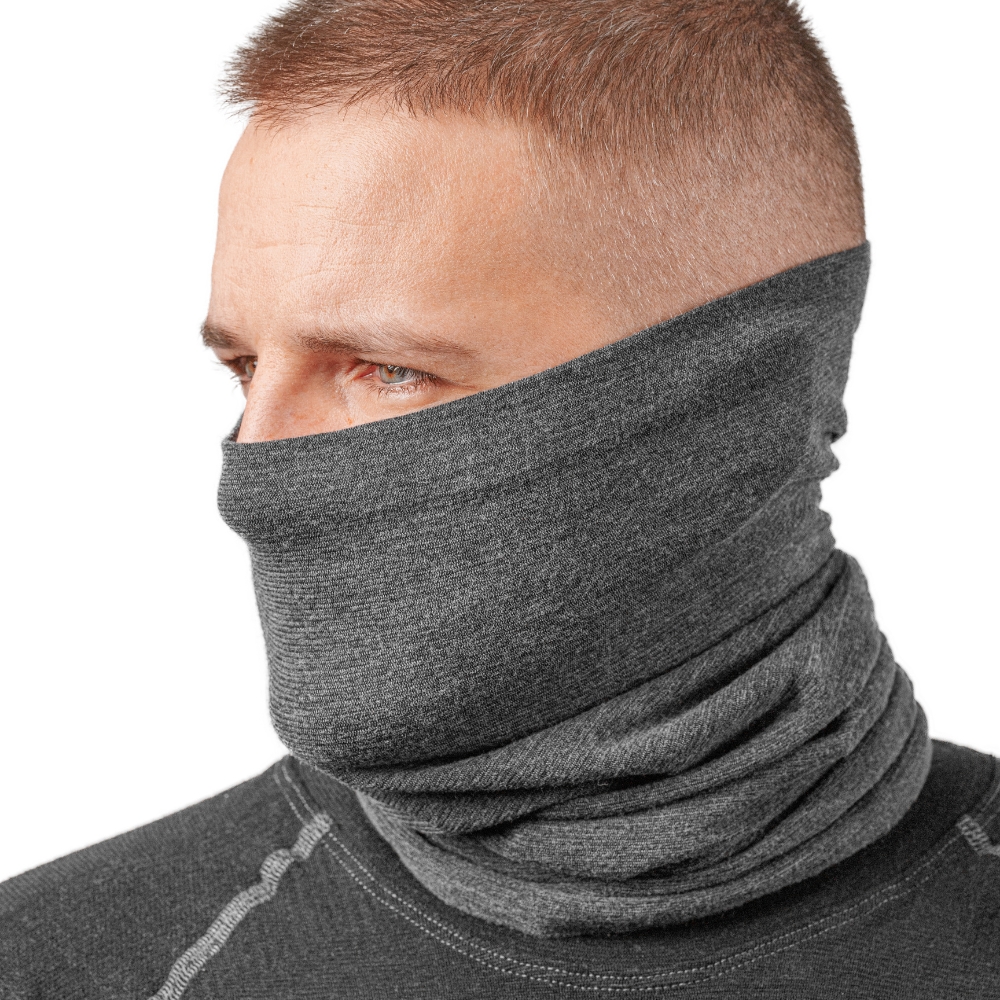Fireshelter
Flame-retardant underwear
Fireshelter - Flame-retardant underwear
is the first flame-retardant seamless underwear in this material mix to boast all relevant certifications. It also boasts excellent test results.
The results of the tests for air permeability, moisture management, absorption rate, absorption capacity, and the results of the skin model test prove: Our flame-retardant clothing is always a step ahead of other products – even in terms of comfort. Both the flame-resistant and protective workwear are extremely soft and comfortable against the skin, keeping the body dry and thus effectively supporting the wearer's full performance, whether they're a firefighter, police officer, oil rig worker, or competitive motor racing driver. You can rely 100% on Fireshelter!

Flame-retardant clothing made from innovative Lenzing FR®
Flame-retardant clothing from Fireshelter is made from LenzingFR®, a material made of inherently flame-resistant modal-based cellulose fibers. This innovative fabric meets not only the antistatic standard EN 1149 but also all the criteria of the European standard 11612. Under the microscope, the fibers demonstrate high resistance before and after exposure to flames; carbonization occurs through fire. Thus, LenzingFR® can withstand even the harshest conditions.
Along with other innovative clothing, Fireshelter is one of our most advanced products for professional use. In short: The best for the best! We're proud of that.

Flame-retardant clothing in motor racing
Our flame-retardant clothing protects people from intense heat and fire – even in motorsports. It also complies with the FIA (Fédération Internationale de l'Automobile) Formula 1 regulations, which set the highest standards for drivers' racing clothing. The overalls must be able to withstand a temperature of 820 degrees Celsius for at least ten seconds. This protects drivers from heat and flames in the event of an accident and minimizes burns. High-quality technical textile fibers are used.
Fireshelter is the ideal base layer for flame-resistant racing overalls and heavy-duty workwear. Our fiber material meets all performance requirements of the FIA regulations. It has been tested according to all criteria. We gave our underwear to renowned international racing drivers to subject them to their own practical tests. Their unanimous opinion: The material reliably wicks away sweat, positively regulates body temperature, and is exceptionally soft and comfortable against the skin compared to other products.

What does “flame retardant” mean?
Flame-resistant materials cannot be ignited under "normal" breathing air. The flammability of fiber substrates is measured using the so-called LOI (Limiting Oxygen Index). The LOI indicates the percentage of oxygen in the air at which fiber materials are just not burning. For example, normal cotton fibers have an LOI of 19 to 20 percent, which means the fibers will burn. However, for flame-resistant fibers, the LOI is higher than 25, meaning the fibers do not burn.
For flame-resistant protective clothing, it is essential that the textile fabrics used do not burn. To ensure reproducible representation and testing of protective performance and performance levels, standards for flame-resistant protective clothing have been developed. For example, EN ISO 11612 – "Protective clothing for protection against heat and flame."
Fireshelter meets all relevant standards for flame-resistant protective clothing with excellent values!

International Standard 11612 for protection against heat and flame
Fireshelter is certified according to ISO 11612. This international standard specifies performance requirements for clothing made of flexible materials, such as knitwear or woven fabrics. Their purpose is to protect the body against heat and flames.
The performance requirements apply to clothing for occupational groups exposed to limited flame spread. It should also provide reliable protection against radiant heat, convective or contact heat, and even molten metal splashes. In addition to the requirements for protection against heat and flame, this standard also specifies minimum requirements for textile performance, such as burst strength, durability, wash shrinkage, and others.

Moisture absorption: speed and capacity
Anyone who sweats a lot during their job because they exert themselves physically, work in hot ambient temperatures or have to cope with extreme stress situations absolutely needs underwear that quickly and efficiently wicks the resulting amounts of sweat away from the skin.
The GATS comparison test proves: FIRESHELTER underwear can do it. The GATS test measures the water absorption rate and capacity. The higher these values, the drier and more comfortable the underwear feels on the skin. During the test, the textile material is exposed from below, without pressure, to a certain amount of liquid water. The water absorption capacity and absorption rate are then measured.

High air permeability reduces heat stress
An important factor for well-being and performance is the breathability of underwear: The higher the breathability, the less likely the body is to overheat. The usually moist, warm air on the skin's surface must be able to circulate well and carry away the evaporating body sweat in the form of water vapor. This creates evaporative cooling. The more breathability a knit fabric has, the faster it dries.
Underwear never feels damp or wet on the skin, but dries instantly. This stabilizes the wearer's performance and drastically reduces the risk of colds and illness.

Exceptionally good moisture and climate management
Exceptionally good moisture and climate management
The test with the “skin model” proves: Compared to other laundry materials, the flame-retardant FIRESHELTER performs well.
Underwear performs extremely well. The test measures short-term water absorption (Fi). This is an indicator of a textile's ability to absorb and store sweat in vapor form for a short time. A high value represents a high storage capacity. The skin model can simulate body heat and measure moisture transfer through a textile material. It consists of a microporous, heated plate, representative of human skin. The water vapor emitted from it simulates body perspiration. The test apparatus is positioned in a climate chamber so that a constant airflow passes over the test specimen.

The test proves: cooling on the skin
The Alambeta laboratory test method tests the temperature sensation on the skin's surface and determines how warm or cool a garment feels. The test sample is placed between two plates. One plate is at ambient temperature, while the other simulates the surface temperature of human skin and is heated to 35°C. When the heated plate is brought into contact with the test piece, a measurable temperature difference develops. The tactile sensation of warmth on the skin is important for subjective well-being: A feeling that is too warm immediately evokes the unpleasant sensation of overheating, while a cool sensation during physical activity is perceived as pleasant. The result is clear: FIRESHELTER creates a cooling "cool touch" on the skin.

TESS Fireshelter Long Shirt
69,95 €incl. VAT
plus Shipping costs
TESS Fireshelter Long Tight
59,95 €incl. VAT
plus Shipping costs








